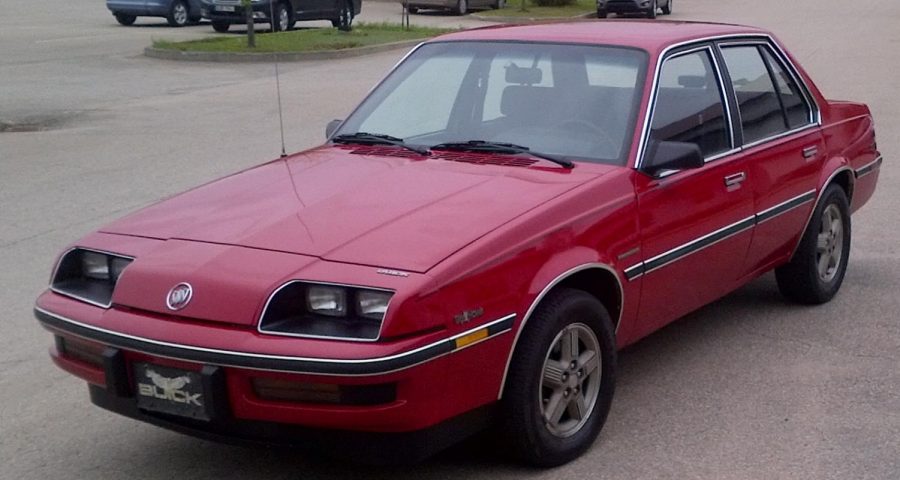General Motors J Platform
Amidst fears that gasoline prices could rise to $3.00, in the early 1970s General Motors began thinking about adapting cars for foreign markets to the United States. In order to comply with foreign regulations and compete with domestic manufacturers in South America and Europe, GM was making compact cars. Therefore, the engineers decided, the best way to create a new platform would be to adapt GM’s foreign cars.
And so began the GM J platform, introduced in 1981. Smaller, front wheel drive, and with more efficient engines and powertrains, it was an instant hit with consumers. In the 24 years of production (ending in 2005) over 10,150,000 J platform cars were sold on six continents. J platform cars were sold under 16 different nameplates, with all GM divisions except GMC making one or more J platform car.
Although not as famous or revolutionary as the Chrysler K platform, which was engineered from the ground up, the reliable and economical J platform brought General Motors into the 21st century. Whether that was a good thing, though, is up for debate.
Many contemporary observers look disdainfully on the J body cars, especially the Cadillac Cimarron, criticizing them for obvious badge engineering.
Although the J platform cars were a big hit at first, cosmetic updates were done in 1988 and 1995, resulting in mediocre sales in the final years of the platform before replacement by the GM Delta platform.








![During a CET rehearsal of the number “A Call to Pierre,” various members in the ensemble, including Maggie Williams, hold up titan tubes. Various people in the ensemble held titan tubes during some numbers in the show, and did basic choreography with them, using the lighting for emphasis. “[Having titan tubes] is a super cool addition to the show,” Williams said.](https://chscommunicator.com/wp-content/uploads/2024/04/67FXGPwwRSi7VlvWUvKuzOOZ2VN2lueTvbEBAWRQ-600x482.jpg)





